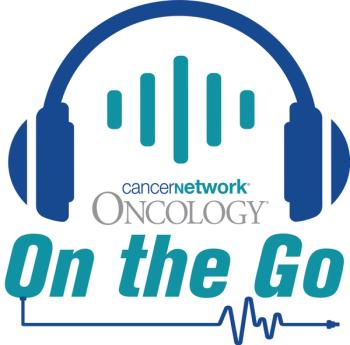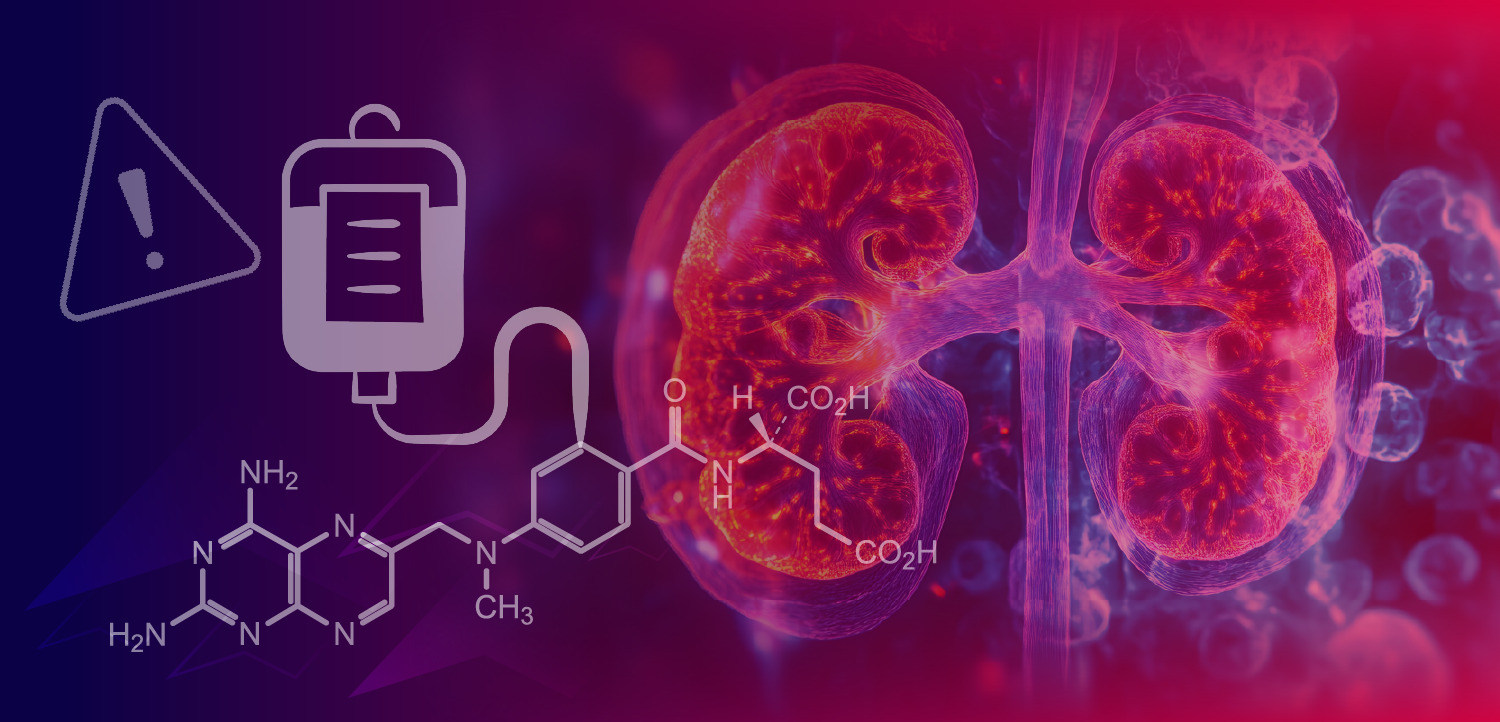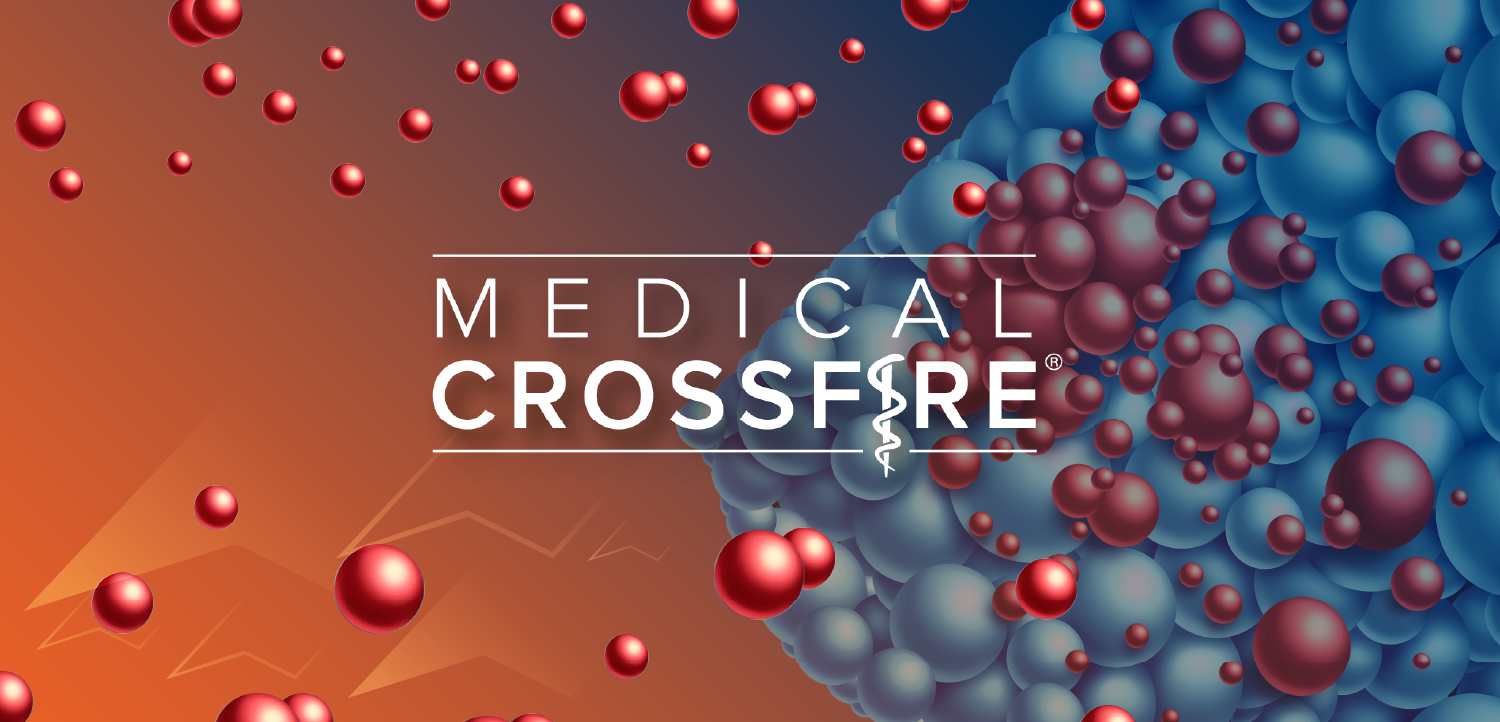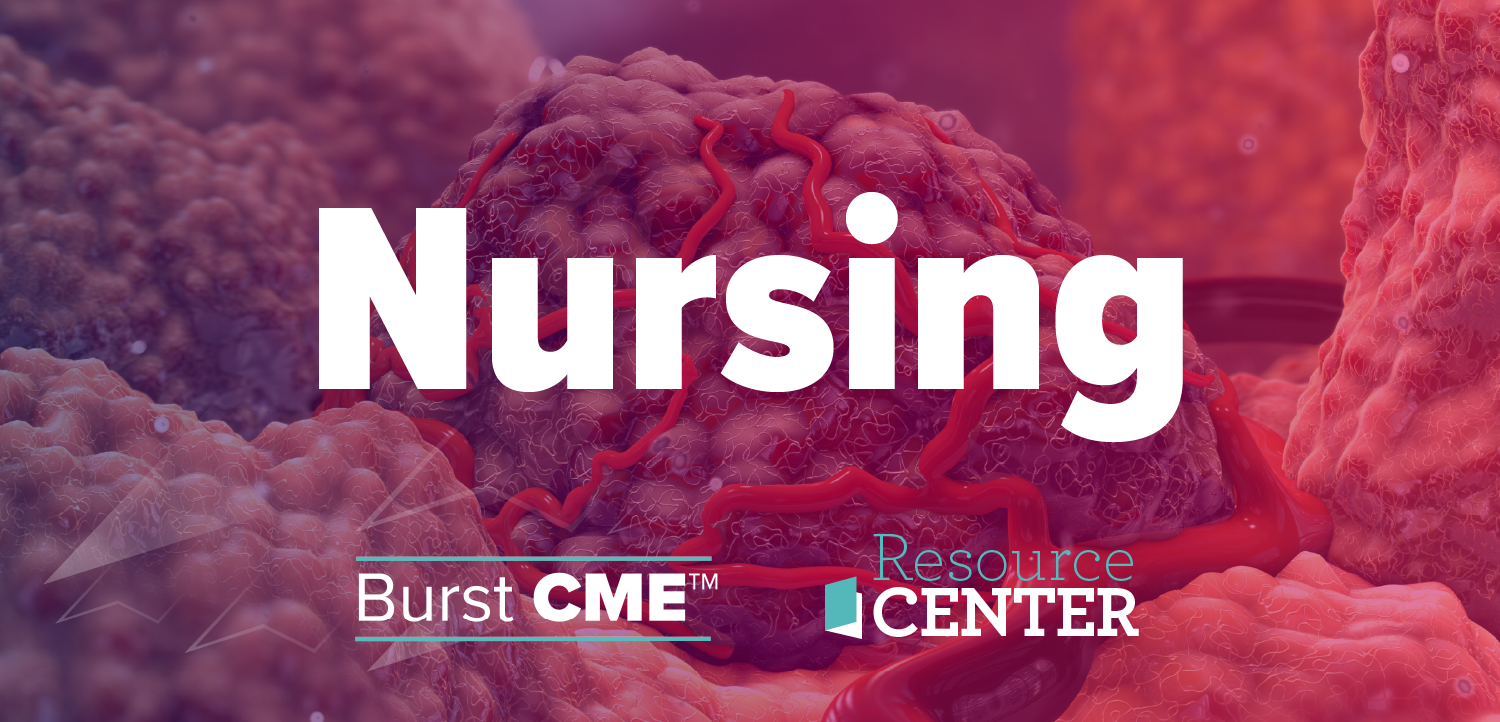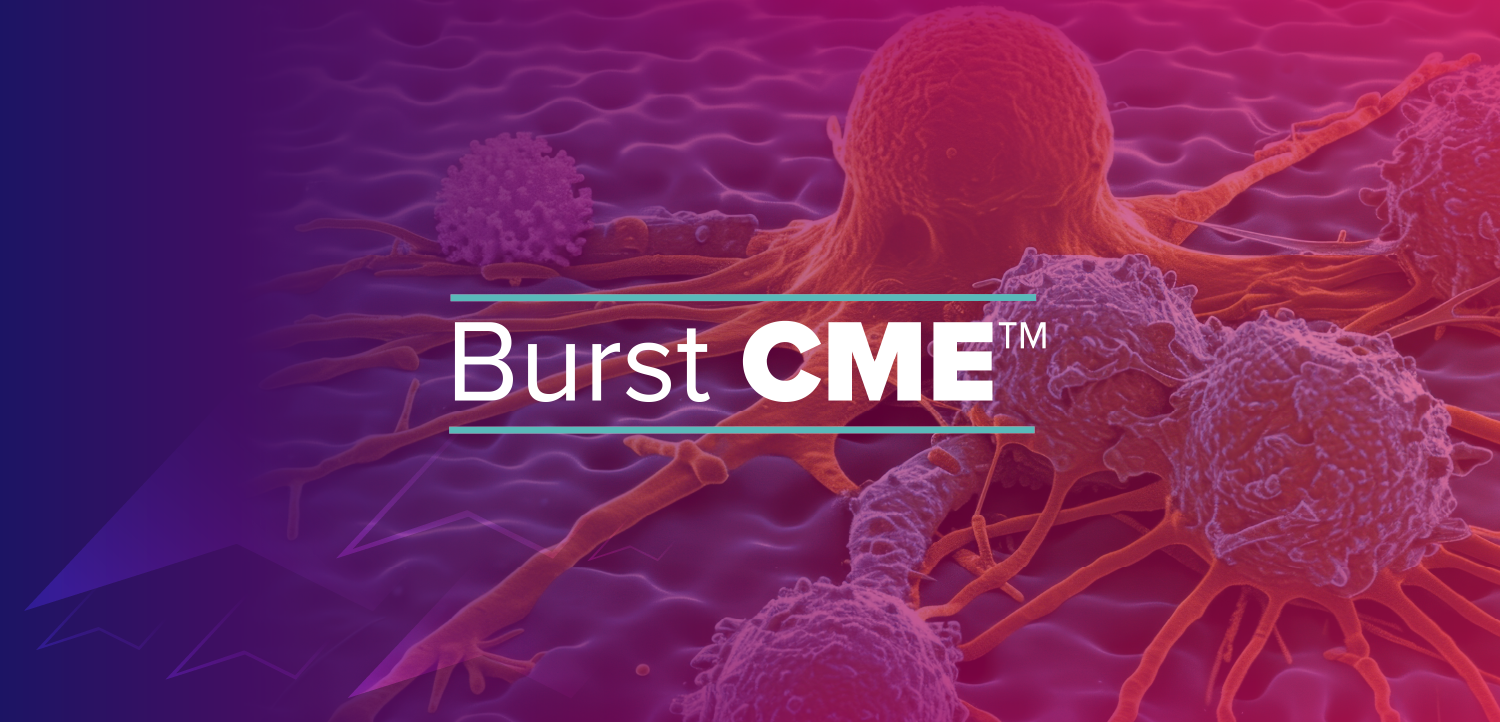
Imneskibart Yields Activity and Responses in Melanoma, NSCLC Cohorts
One patient with metastatic bladder cancer experienced an ongoing metabolic complete response following treatment with aldesleukin/imneskibart.
The use of imneskibart (AU-007) demonstrated deep activity in patients with pretreated melanoma and early signs of response in those with non–small cell lung cancer (NSCLC), according to a press release on data from a phase 1/2 trial (NCT05267626).1
Investigators presented these findings at the
With a data cutoff of September 29, 2025, 6 of 14 patients with melanoma who received imneskibart plus low-dose aldesleukin (Proleukin) continued to undergo treatment. Additionally, 3 patients experienced the deepest tumor reductions beyond 1 year, with tumor reductions of 48% in 1 patient who continued treatment for 14 months, 58% in 1 patient who continued therapy for more than 18 months, and 100% in 1 patient who continued treatment for more than 21 months.
Among 5 patients with melanoma who progressed on previous doublet checkpoint inhibitor therapy, 3 have continued treatment with imneskibart plus aldesleukin and nivolumab (Opdivo). Following early signs of activity with aldesleukin at 45,000 IU/kg and clearance of the safety run-in portion of the trial, investigators established the recommended phase 2 dose of aldesleukin at 135,000 IU/kg on day 1 in combination with imneskibart at 9 mg/kg intravenously every 2 weeks and nivolumab at 480 mg intravenously every 4 weeks.
Data showed early signs of antitumor activity with imneskibart plus aldesleukin alone or in combination with avelumab (Bavencio) in patients with PD-L1–positive NSCLC who experienced progression on prior checkpoint inhibitors with or without chemotherapy. In 2 patients who received imneskibart at 9 mg/kg every 2 weeks plus a loading dose of aldesleukin and avelumab at 800 mg every 2 weeks, tumor reductions of 43% and 48% occurred, with 1 patient continuing therapy as of the cutoff. Overall, tumor reductions occurred in 4 of 9 patients in the NSCLC cohort following receipt of the triplet.
Beyond the melanoma and NSCLC cohorts, 1 patient who previously received anti–PD-L1 therapy experienced an ongoing confirmed metabolic complete response following treatment with imneskibart plus aldesleukin. Additionally, 1 patient with metastatic nasopharyngeal head and neck cancer and 5 prior lines of systemic therapy had a confirmed complete response after 20 months on treatment with imneskibart plus aldesleukin.
“Today’s data provide the most compelling support yet for our long-held view that imneskibart is clearly differentiated and has unmatched competitive advantages within the IL-2 class. We’re now seeing its ability to achieve deep and durable tumor shrinkages by expanding T effector and natural killer cells and activating the immune system while reducing Tregs [regulatory T cells] that suppress the immune system,” Aron Knickerbocker, president and CEO of Aulos Bioscience, the developer of imneskibart, stated in the press release.1 “What excites our team most is the clear link that we see between a higher CD8/Treg ratio and longer treatment duration as well as overall survival, which is making a real difference in patients’ lives.”
Investigators of the first-in-human, multicenter phase 1/2 trial evaluated the safety, tolerability, and initial efficacy of imneskibart among patients with solid tumors.2 Part 1 of the trial was intended to identify the recommended phase 2 dose or maximum tolerated dose of imneskibart. Patient populations included those with cutaneous, locally unresectable or metastatic melanoma and unresectable, locally advanced or metastatic PD-L1–positive NSCLC not harboring EGFR mutations or ALK rearrangements in part 2, NSCLC in part 3, and cutaneous melanoma in part 4.
The trial’s primary end points included the safety and tolerability of imneskibart as well as a maximum tolerated dose or recommended phase 2 dose. Secondary end points included clinical activity per conventional and modified RECIST v1.1 criteria, immunogenicity, and pharmacokinetics.
Safety data showed that most treatment-related adverse effects (AEs) were grades 1 and 2 following treatment with imneskibart plus aldesleukin with or without avelumab or nivolumab. Investigators also noted low rates of grade 3/4 AEs with imneskibart plus aldesleukin.
The most common grade 3/4 toxicity was transient lymphopenia that did not confer any adverse outcomes in patients. One patient experienced grade 4 cytokine release syndrome after treatment with imneskibart plus aldesleukin, which resolved with the use of steroids, intravenous fluids, and brief vascular pressor support.
References
- New phase 2 data for Aulos Bioscience’s imneskibart reveal clinical activity in melanoma and non-small cell lung cancer. News release. Aulos Bioscience. November 10, 2025. Accessed November 10, 2025. https://tinyurl.com/59b9wzad
- Study of AU-007, a monoclonal antibody that binds to IL-2 and inhibits IL-2Rα binding, in patients with unresectable locally advanced or metastatic cancer. ClinicalTrials.gov. Updated October 15, 2025. Accessed November 10, 2025. https://tinyurl.com/3vz8z85w
Newsletter
Stay up to date on recent advances in the multidisciplinary approach to cancer.




